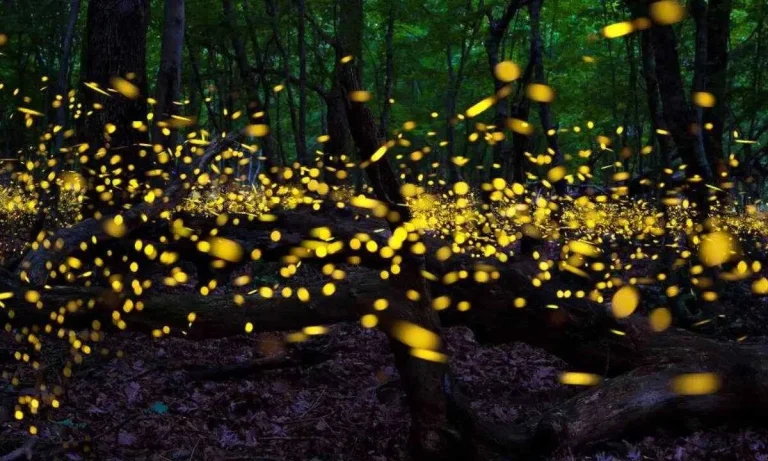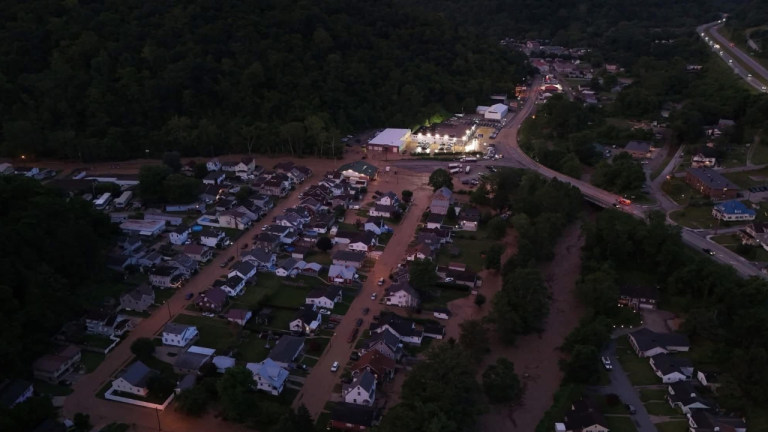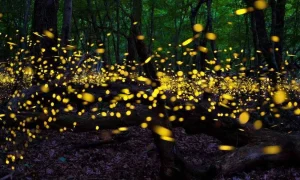Imagine not being able to see the sun below the horizon for weeks. A land just bathed in perennial light gives you experiences found nowhere in the world. Welcome to Svalbard, Norway the land where the sun never sets. Svalbard previously known as Spitsbergen or Spitzbergen, is an archipelago in the Arctic Ocean. Lying between mainland Norway and the North Pole, Svalbard enjoys 76 consecutive days of constant sun every year. What most people know as the Midnight Sun turns the Arctic landscape into the land of endless days. Let’s dive in and find out how life is.
Svalbard: Embracing 76 Days of Sunlight
Svalbard is an archipelago deep inside the Arctic Circle. It includes all islands, islets, and skerries from 74° to 81° north latitude, and from 10° to 35° east longitude. The land is approximately 61,022 km2 (23,561 sq mi), and the island of Spitsbergen dominates the land area. Most of the settlement is also confined to the island of Spitsbergen.
Because of its position, at 74° north, it experiences the Midnight Sun whereas the sun remains visible at the local midnight in summer. The sun stays above the horizon from April 20 to August 22 and circles without ever touching the horizon in this land where the sun never sets. Adding more to its intriguing natural occurrences, Svalbard experiences polar nights, whereas the sun remains below the horizon for over 24 hours in winter.
During these months, the land of the midnight sun is a beehive of activities. People climb at midnight, take boat trips, or go on wildlife safaris. The continuous daylight extends opportunities for exploration, with people able to immerse themselves in nature at any hour of the day or night.
Understanding the Midnight Sun Phenomenon
The Midnight Sun comes because of the tilt of Earth’s axis at about 23.5 degrees. In the summer of the Northern Hemisphere, the North Pole is tilted toward the sun, enabling it to have constant daylight above the Arctic Circle. It is this tilt in their field that gives rise to the land where the sun never sets and bathes places like Svalbard in sunlight for long intervals.
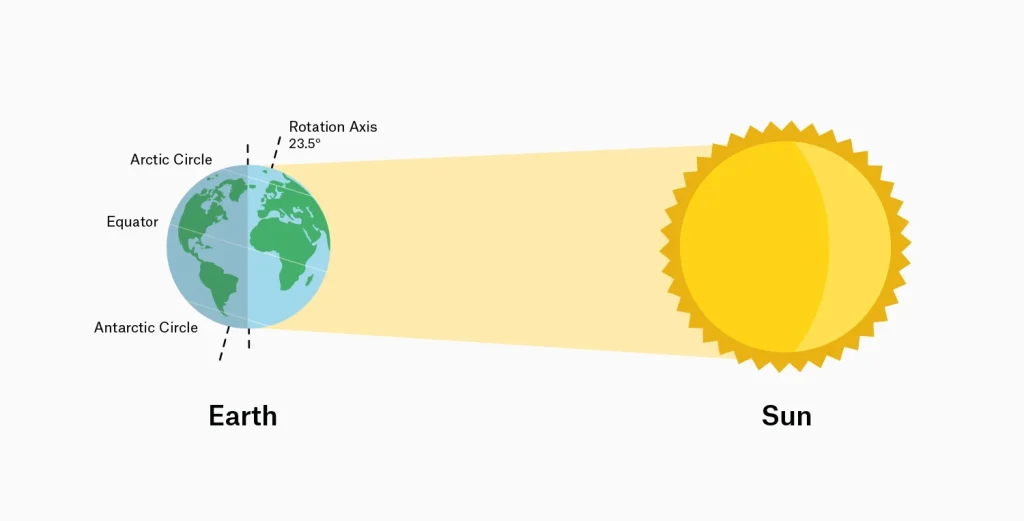

This phenomenon is not confined to Norway alone. However, it extends to other countries lying within the Arctic Circle, such as Finland, Sweden, and parts of Russia. However, Svalbard offers one of the longest periods of Midnight Sun; which makes it a destination for any person interested in natural wonders in the land where the sun never sets.
Life in the Land Where the Sun Never Sets
With 76 days of continuous daylight, it’s no stranger to hardships and peculiar perks. The people in the region try to get by using blackout curtains and sleep masks to continue living normally while sleeping. At the same time, the constant sun provides an energy boost to continue leading an active lifestyle for those months in the land where the sun never sets.
The wildlife in Svalbard also adapts to constant light. Animals like reindeer and Arctic foxes change their feeding and hunting times. Plants take advantage of the extended period of photosynthesis; hence, the short yet fervent Arctic summer bloom. The land where the sun never sets also ensures that the flora thrives in this unique environment.
Cultural Significance of the Midnight Sun
This phenomenon is very important to the cultures where this occurs. For instance, Svalbard and other parts of Norway organize festivals based on this period of perpetual day. Events such as the Midnight Sun Marathon drive people from everywhere out to run on the course under the sun that does not set. It’s truly the land where the sun never sets in both reality and cultural significance.
This land of the eternal sun gives rise to so many local legends and folklore. It only proves one thing – that communities respect this amazing structure of nature. The Midnight Sun shapes up the environment, but at the same time, it enriches the cultural tapestry of Arctic people.


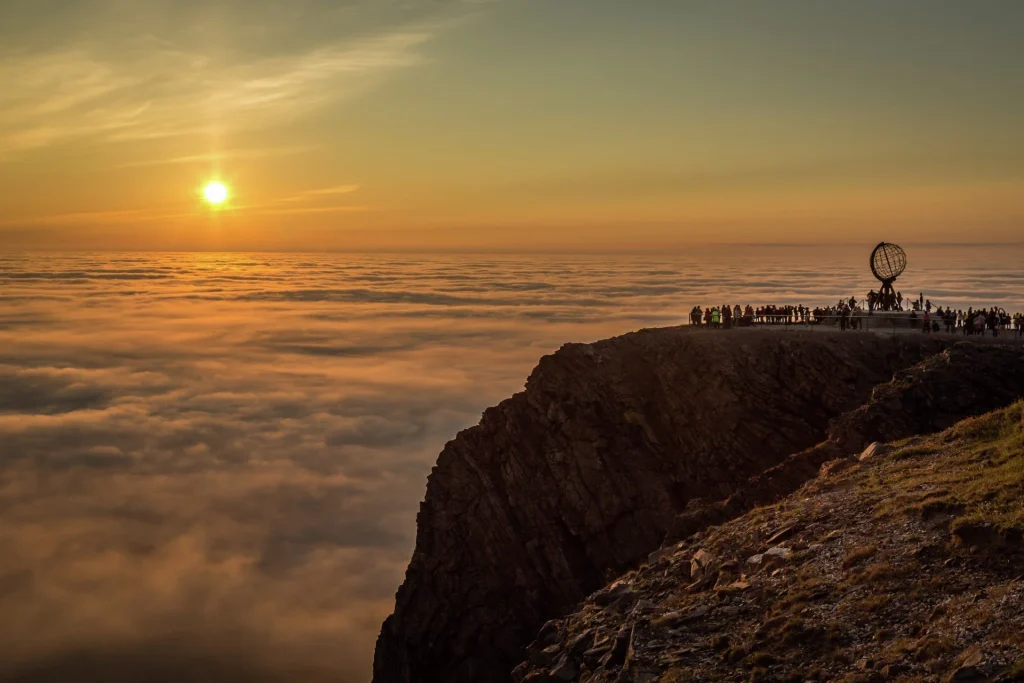
Conclusion
Visiting this land of the eternal sun is really hypnotic and an eye-opener. The Midnight Sun, extending for as long as 76 days in Svalbard, can give a glimpse into Earth’s remarkable dynamics. It is a reminder of the natural wonders on Earth to which life can become accommodative. This is the time when a visit to Svalbard invites you into a world bathed by eternal daylight. It’s a chance to marvel at nature’s great spectacles and the cultures which find life with them. Take yourself to the land that never sleeps and join in to experience the magic of the Midnight Sun in the land where the sun never sets.
Also read,


